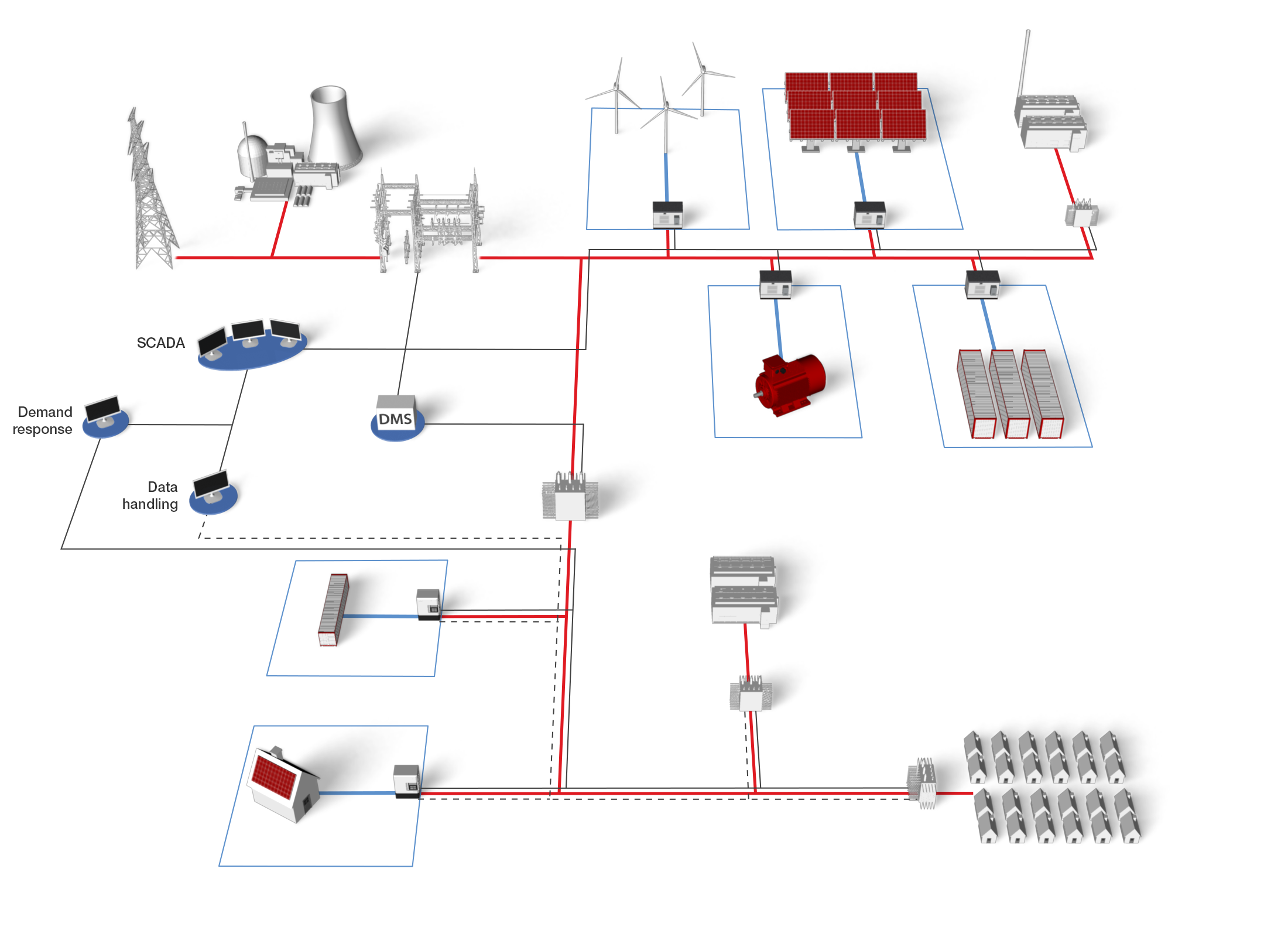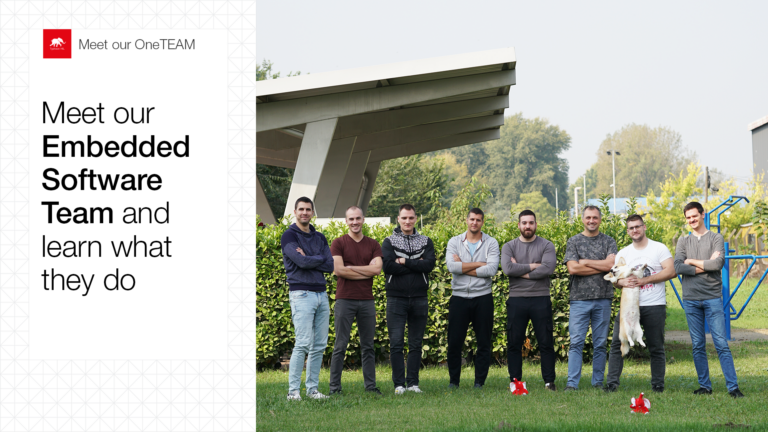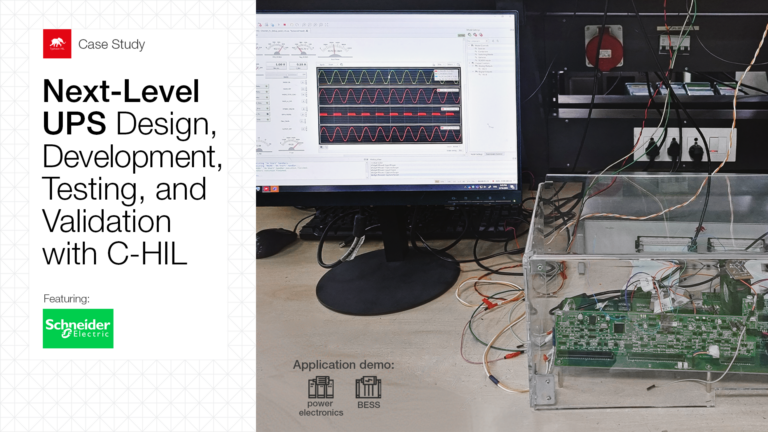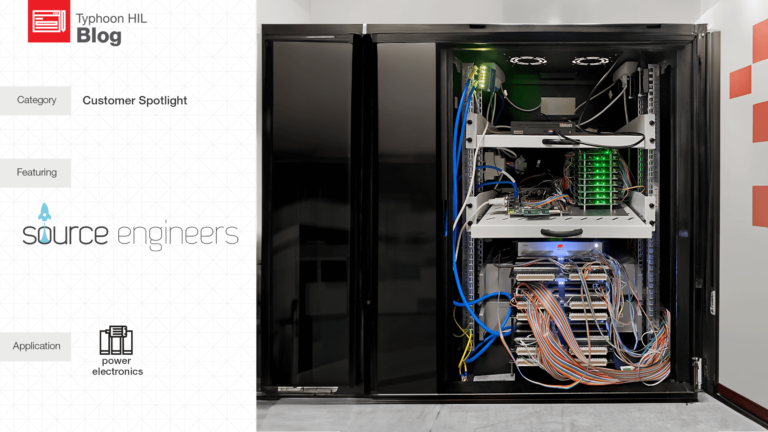Introduction
Digital control and communication are playing an ever more important role in the field of power electronics and power systems. C-HIL (Controller Hardware In the Loop) technology can strongly support this technological evolution when applied in the learning process at the undergraduate and graduate levels.
Moreover, it makes power engineering more hands-on and interactive as well as accessible to undergraduate students because there are no dangers, costs, and tight supervision requirements of the power laboratory.
For example, a well-designed C-HIL system can directly interface with a number of Smart Grid control systems at all levels, and at the same time, the control functionality at all time scales and levels of interest can be easily programmed inside the C-HIL system. Additionally, a well-designed C-HIL system can “speak” the Smart Grid languages of Modbus, IEC61850, and CAN, as well as their dialects.
With the real-time models built into the core of a well-designed C-HIL system generator, power systems components become blocks students can play with and develop solid engineering intuition, often years of engineering intuition can be gathered in a matter of weeks.
Let us now look into how the advantages of C-HIL technology convert into digitally enhanced learning experiences in the field of Smart Grid education.
Feature #1 | C-HIL turns the classroom into a Smart Grid laboratory.

With power virtualized by the C-HIL technology, learning by doing can begin. Students can size the power components, test their safe operating area, and make short circuits to test the protection relay setting.
Moreover, within the exact same environment, they can develop power electronics controllers and validate their performance against grid codes.
Feature #2 | C-HIL supports multidisciplinary learning and teamwork.
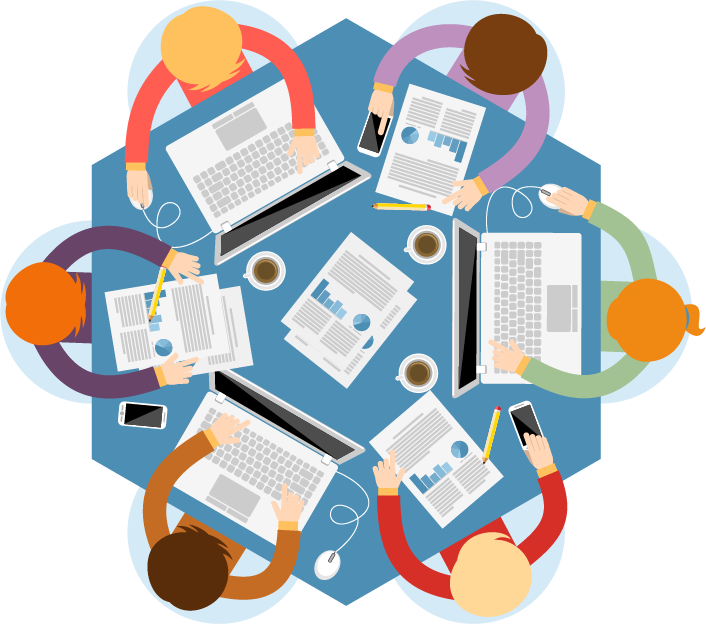
Complexity requires powerful multidisciplinary teams. To be productive and efficient, multidisciplinary teams, in turn, need a collaborative environment where the specific know-how can work in harmony and lead to a higher quality learning experience, as well as a more fun one.
In the fields of power electronics and smart grids, a well-designed C-HIL system is exactly such a tool.
Feature #3 | C-HIL is compatible with a flipped classroom model.
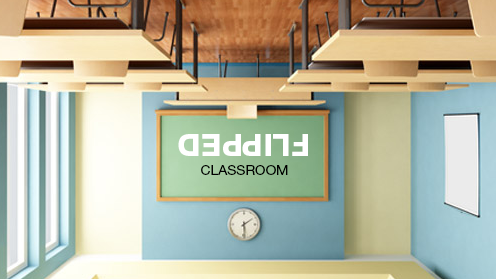
C-HIL technology supports active learning by allowing a flipped classroom pedagogical model to be used, in which lecture and homework elements of instruction are reversed.
Students are encouraged to do their own learning and experimentation in the C-HIL virtual environment and the in-class time is devoted to teamwork and discussions.
A well-designed C-HIL system is a universal real-time machine with a rich set of I/O functionality and an integrated design, modeling, testing, and data acquisition software that turns it into a comprehensive Smart Grid educational tool.
Credits
Author | Nikola Fisher Celanovic
Visuals | Freepik
Editor | Debora Santo
